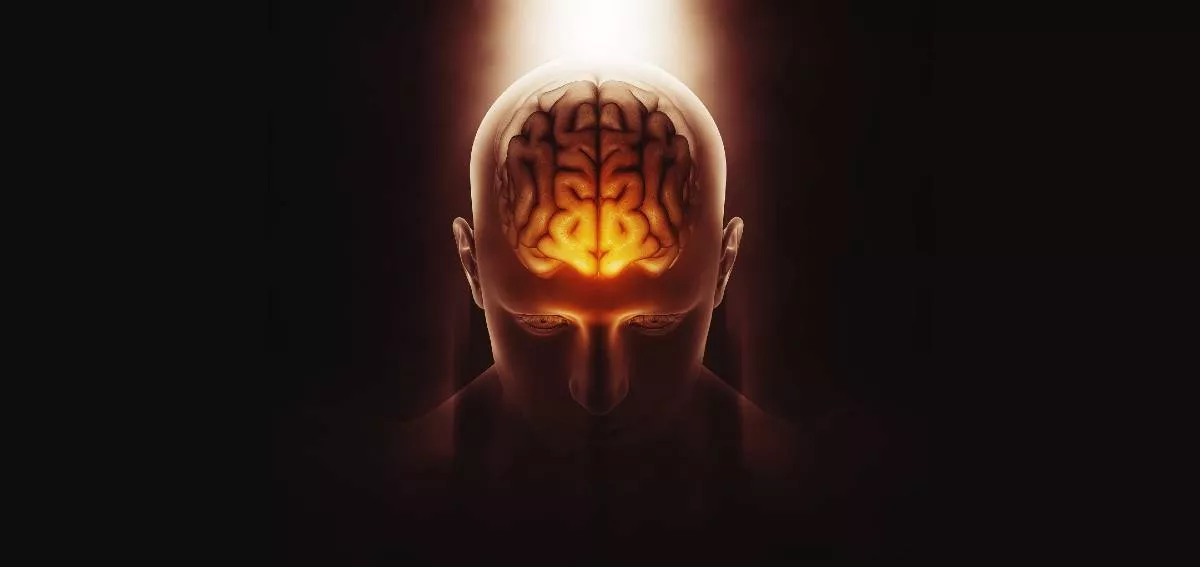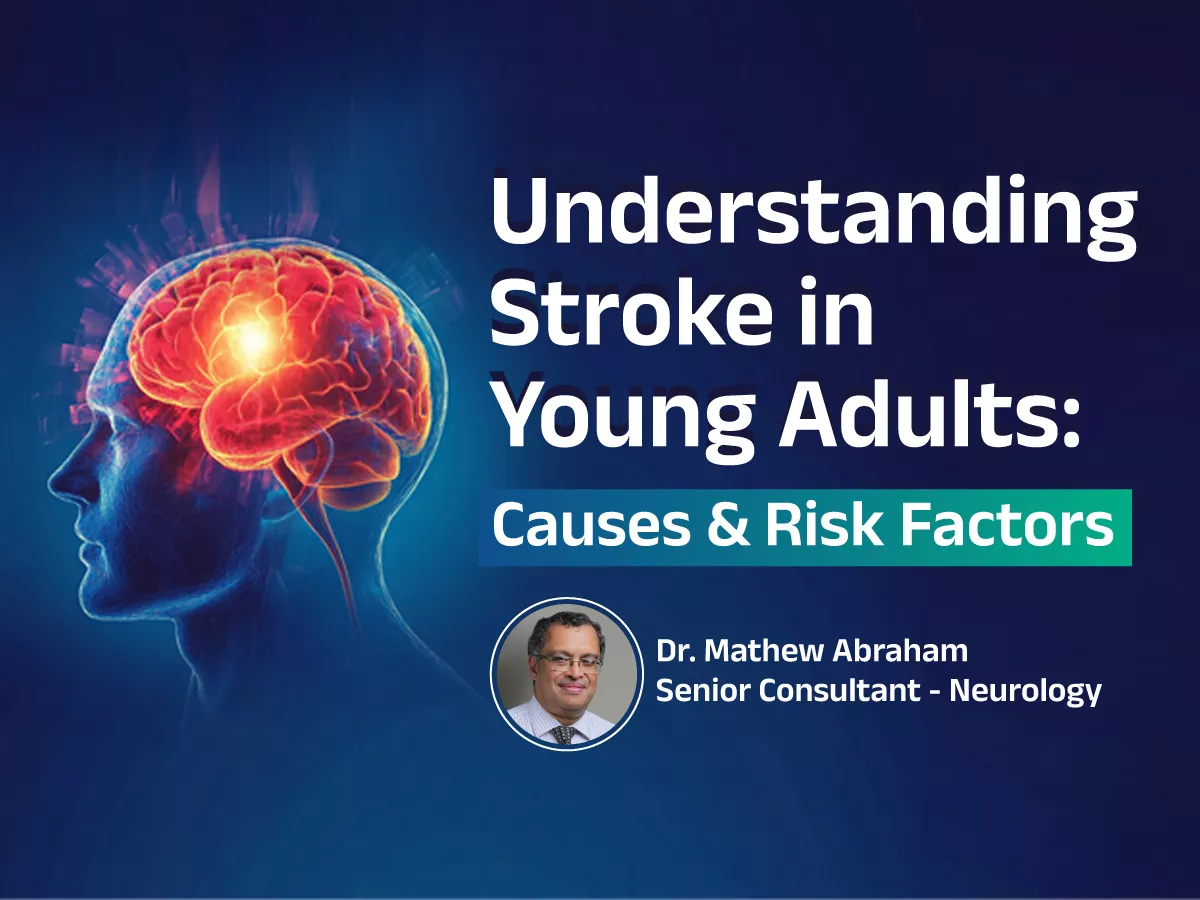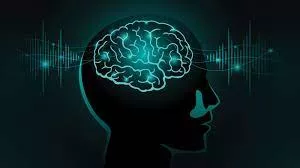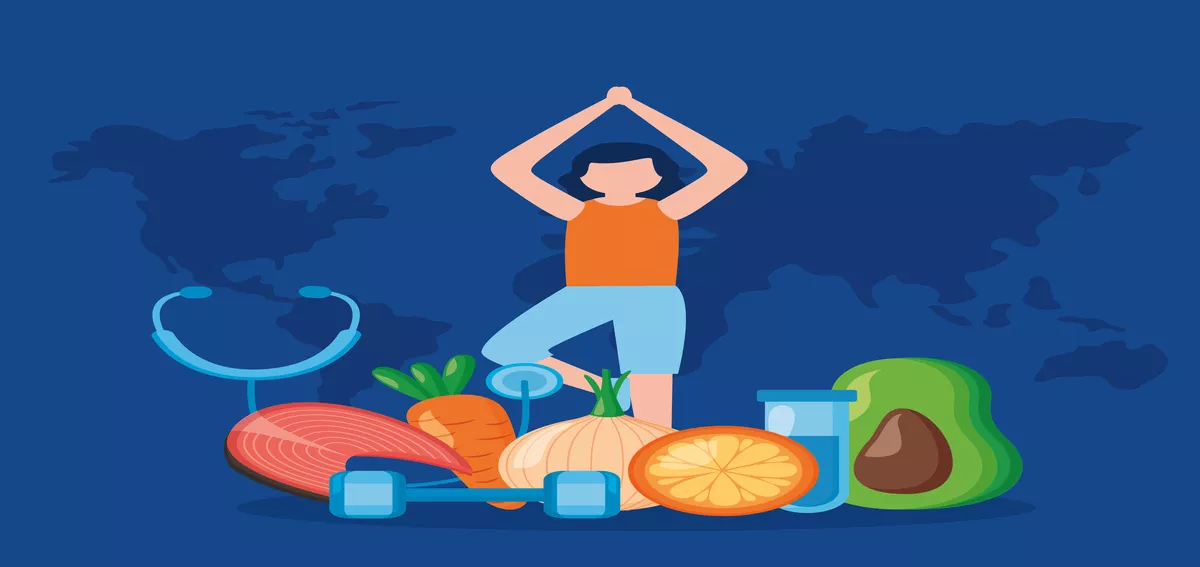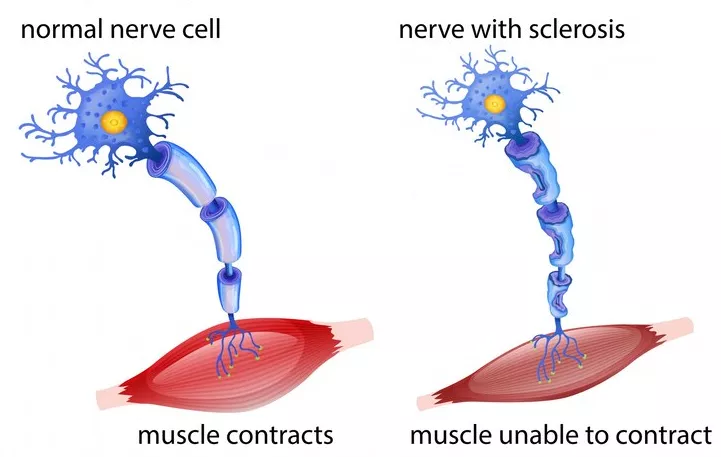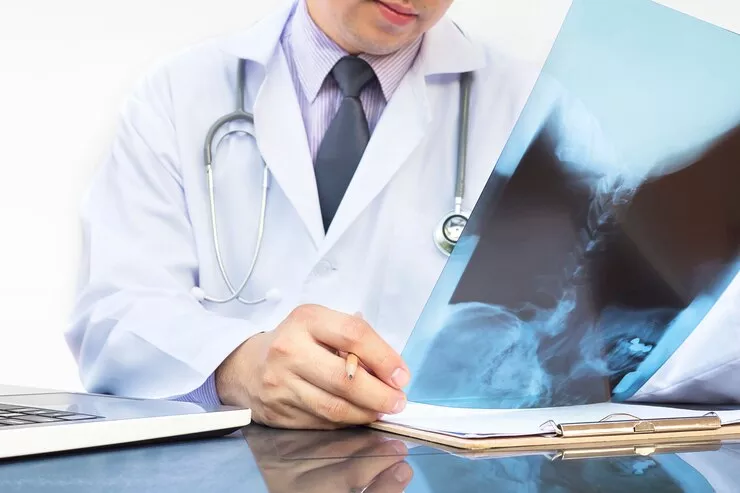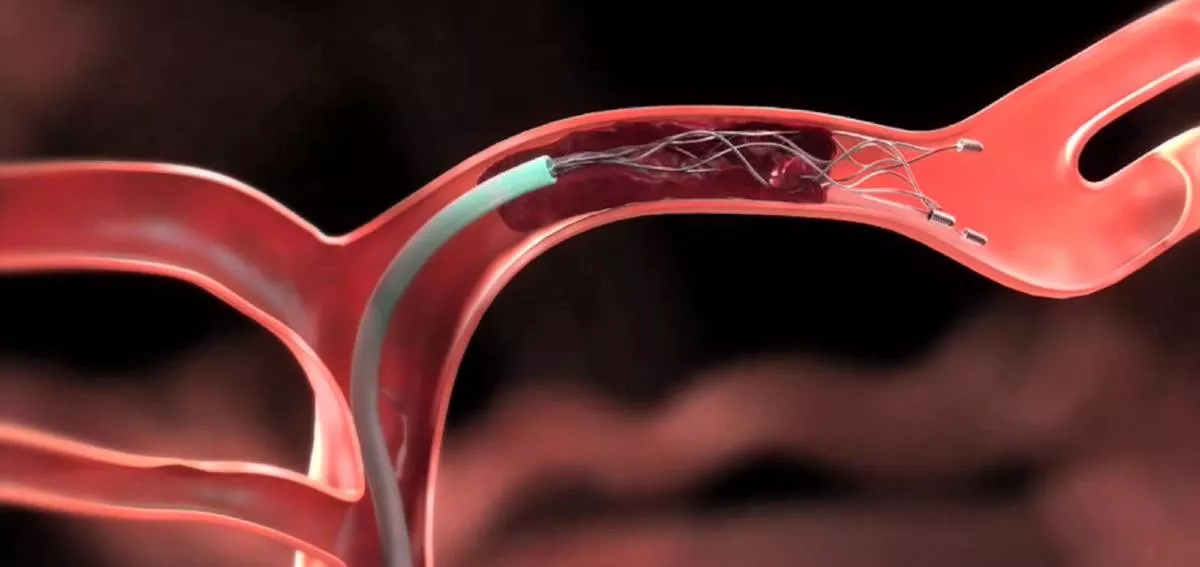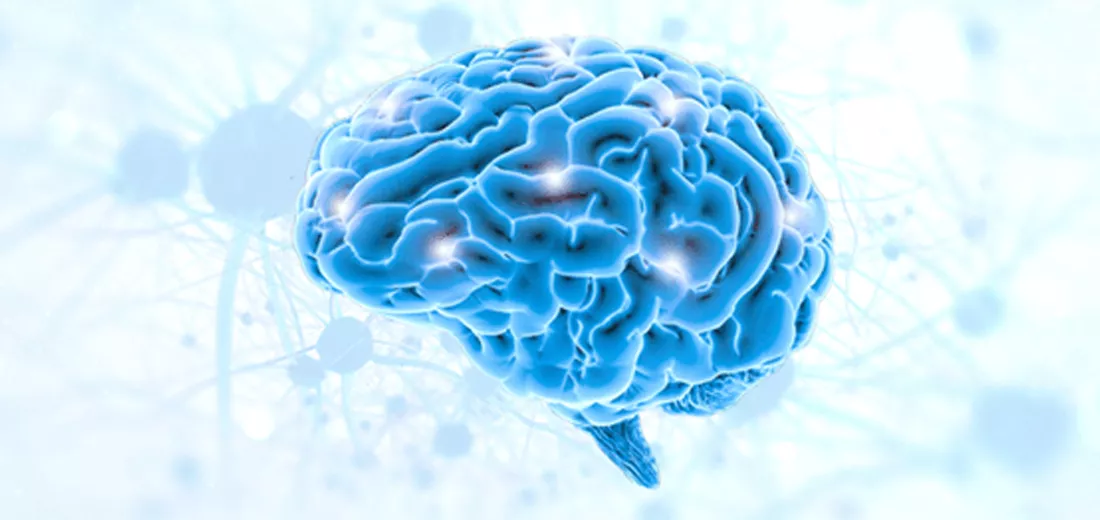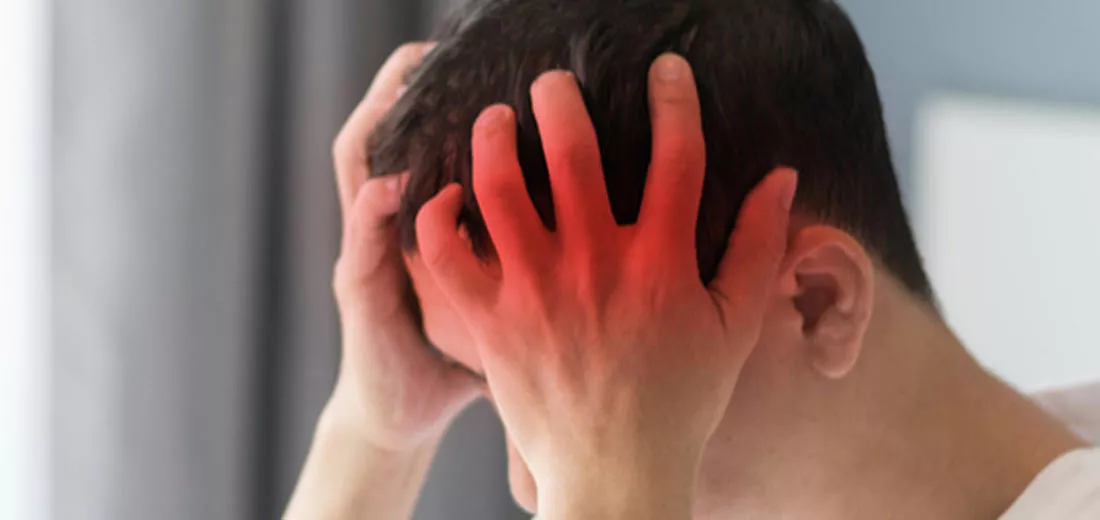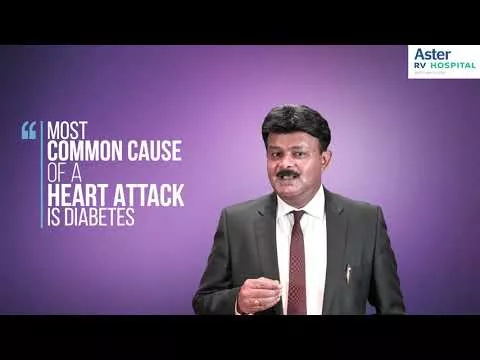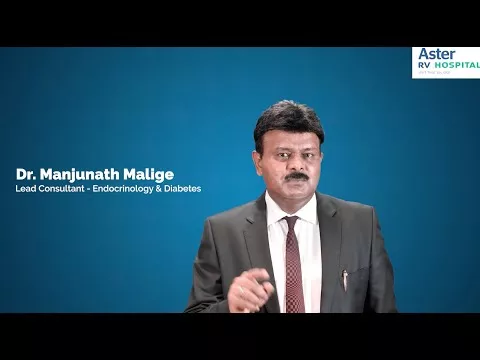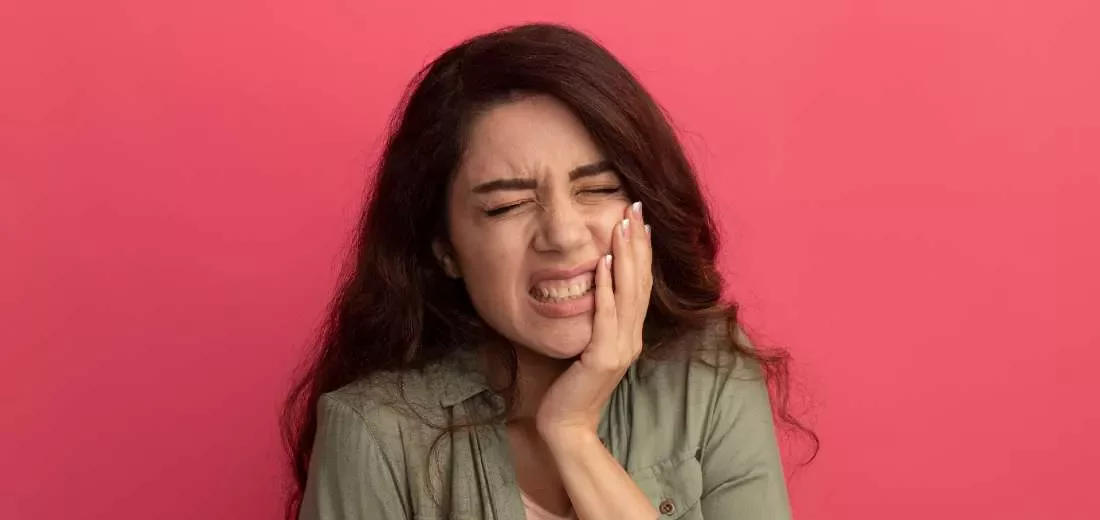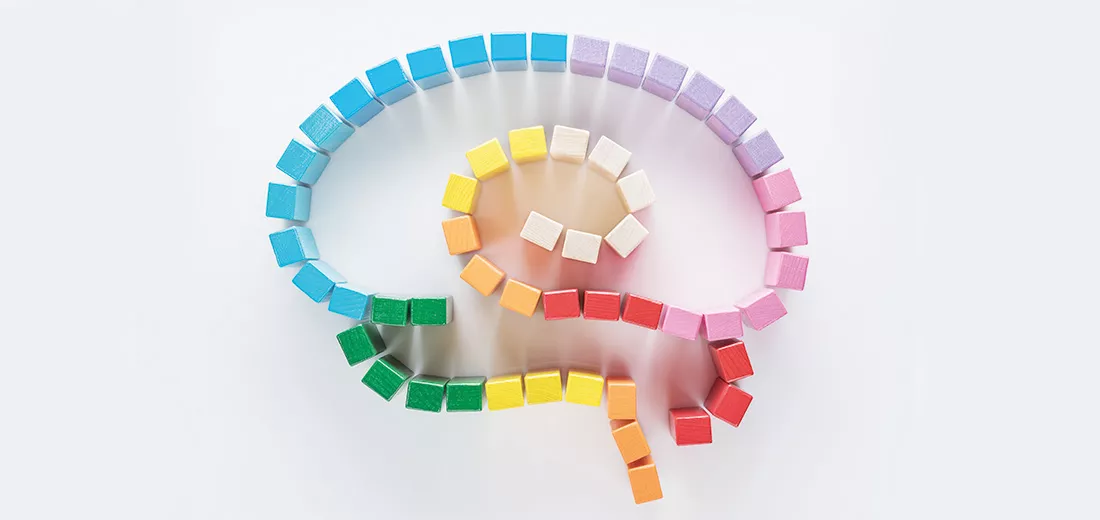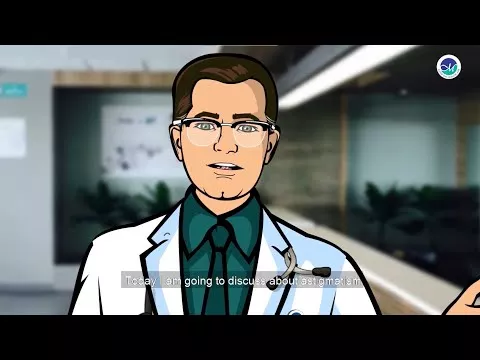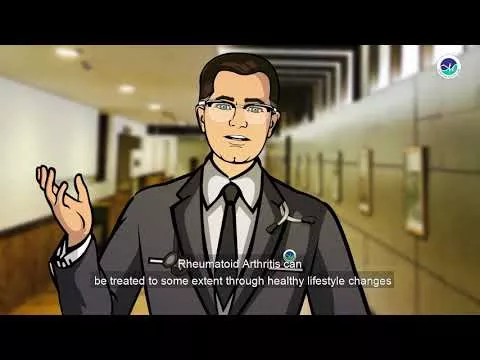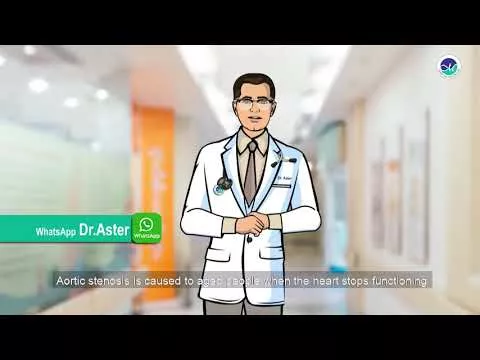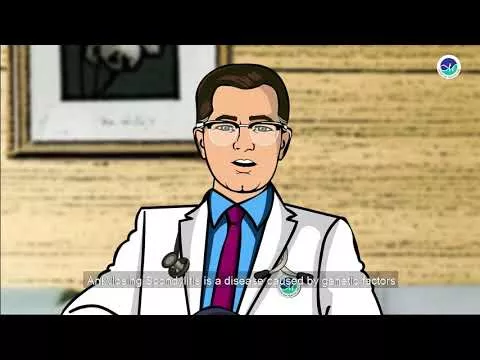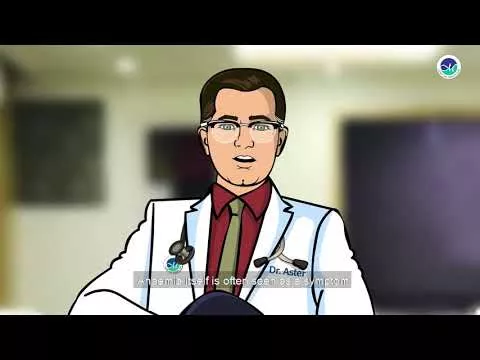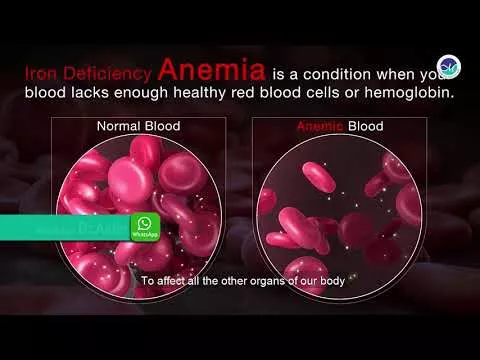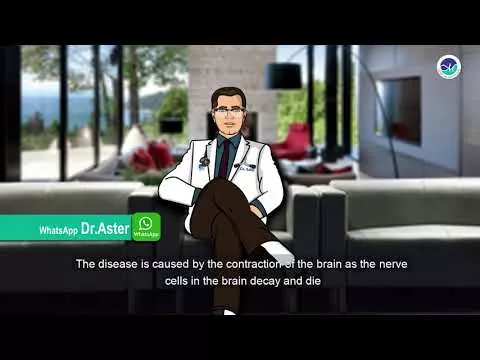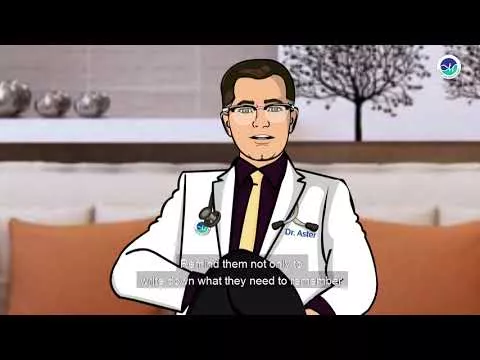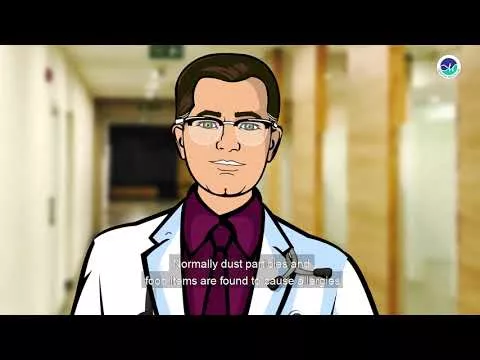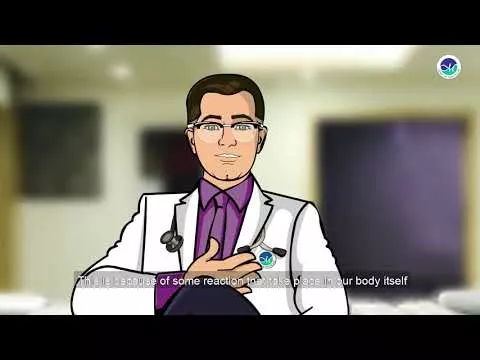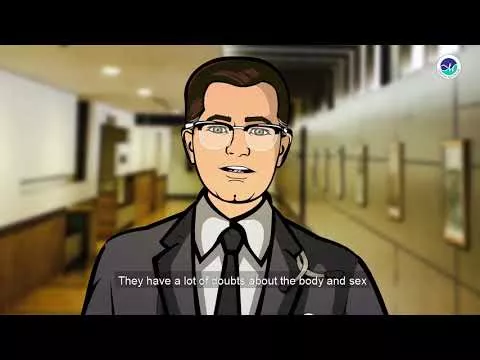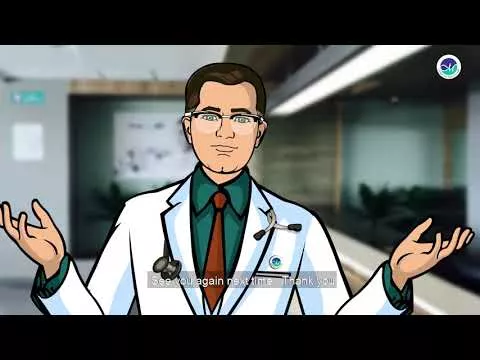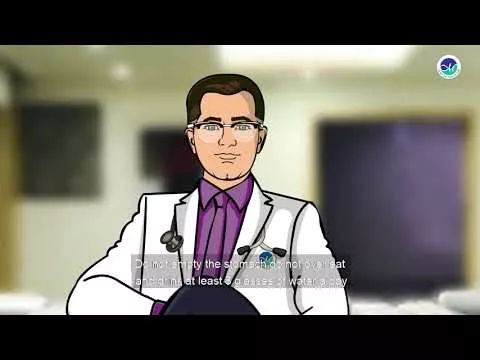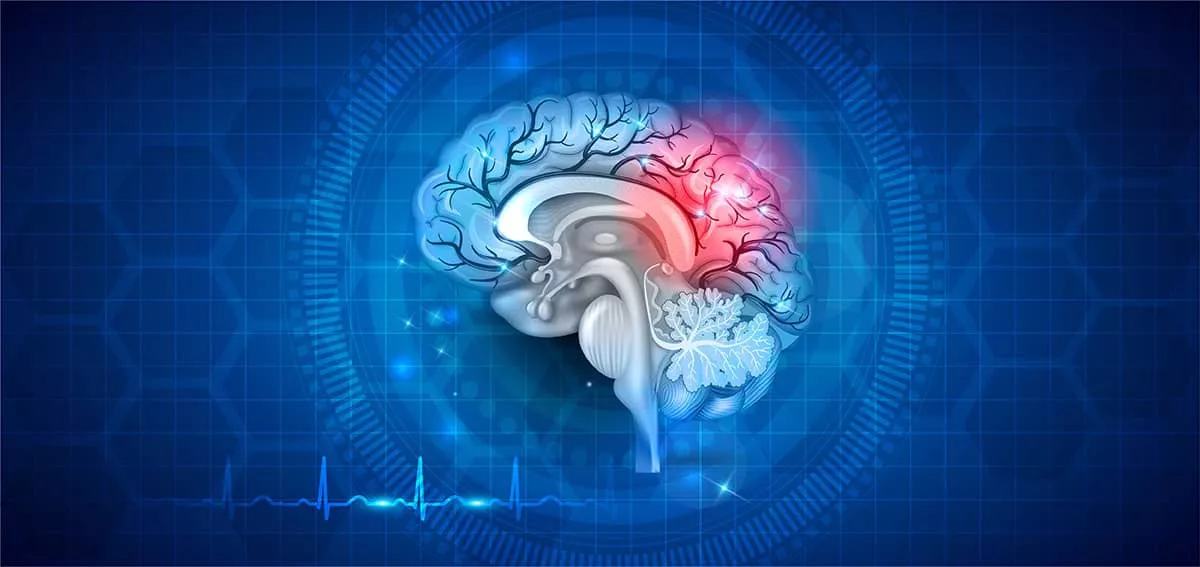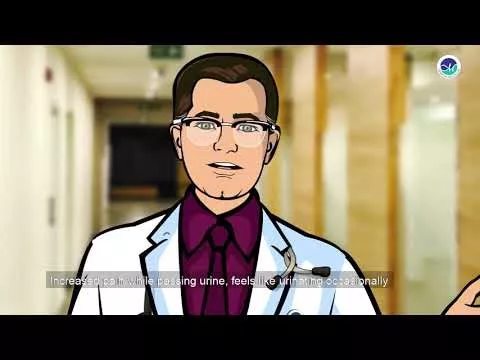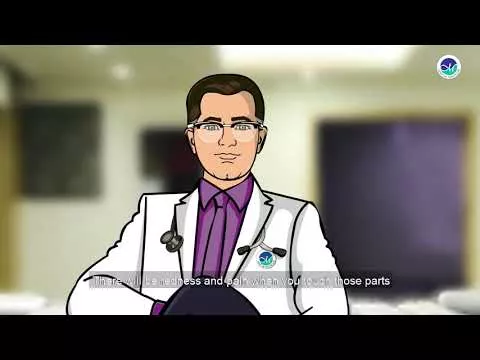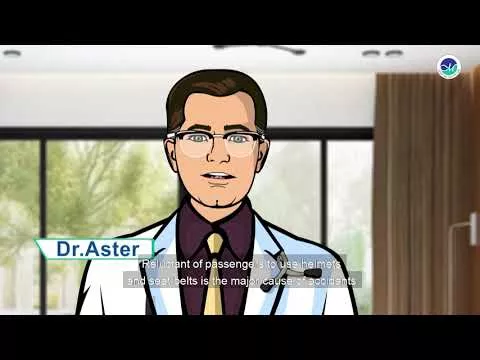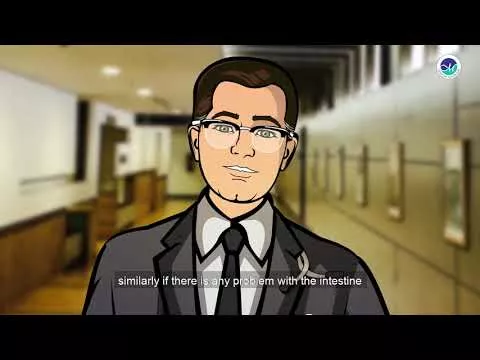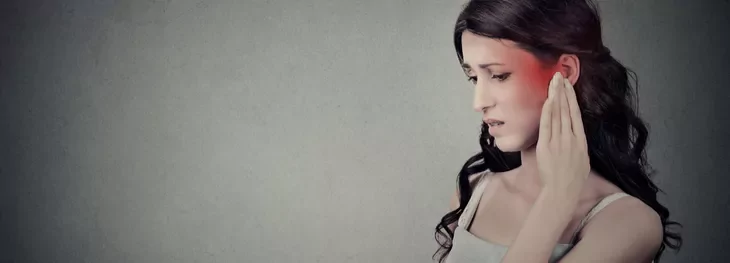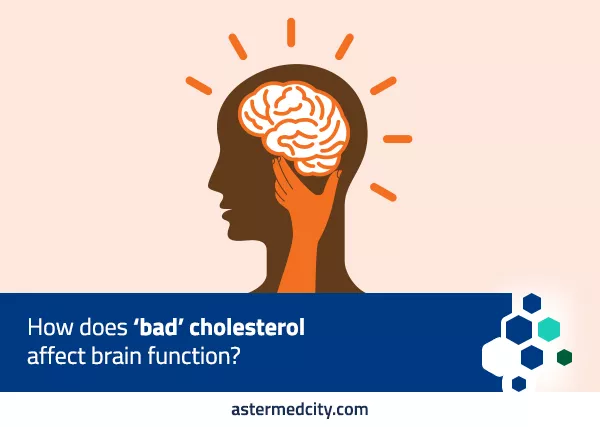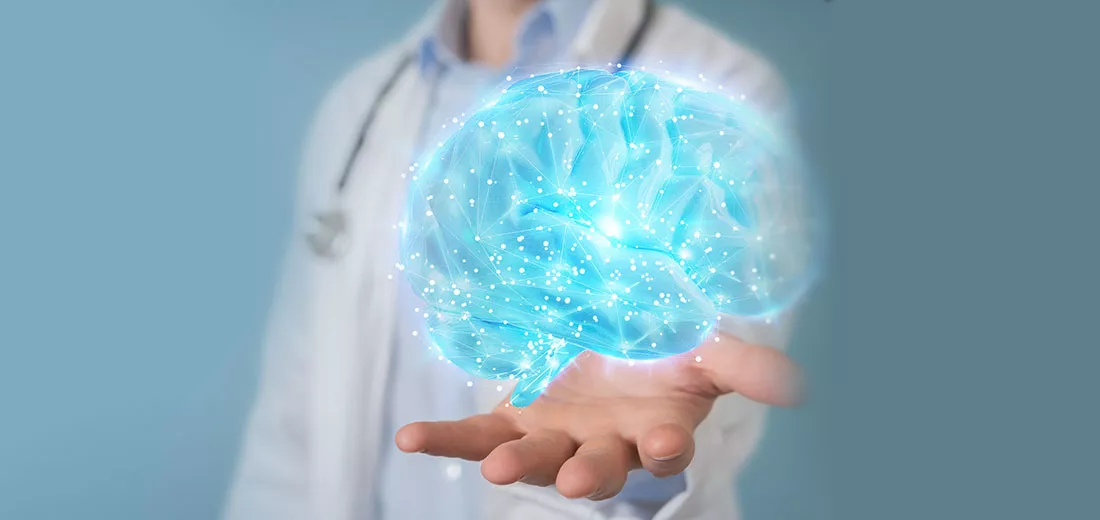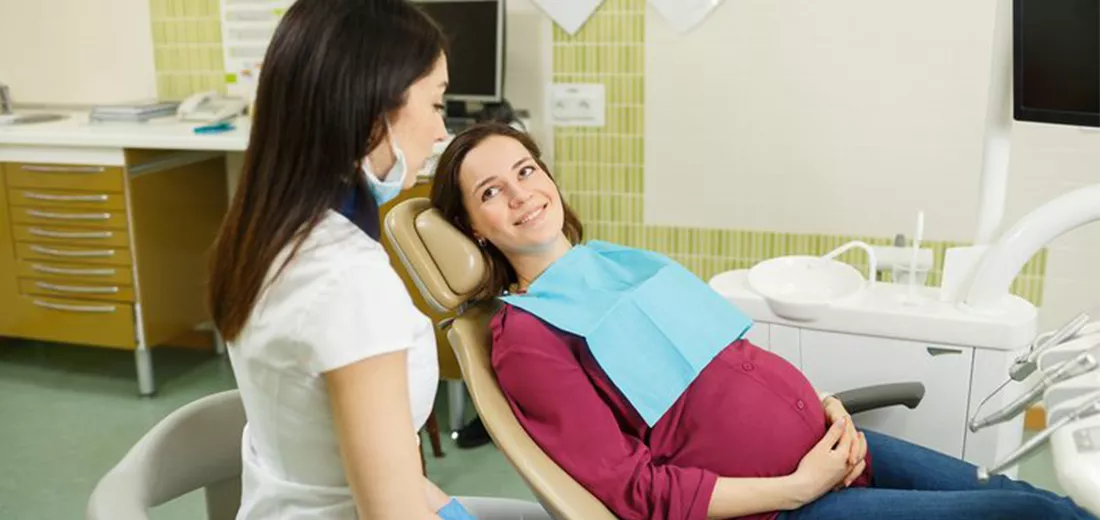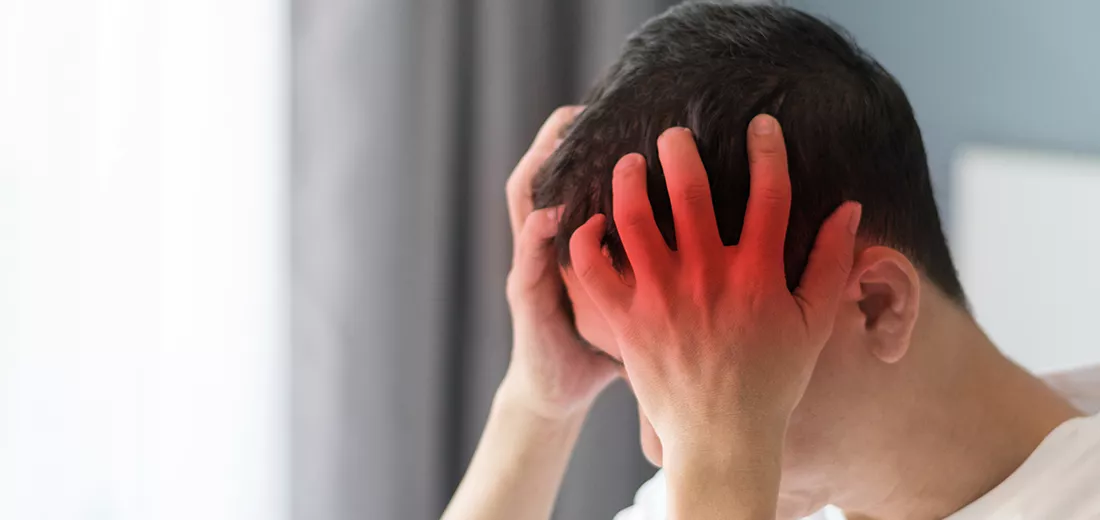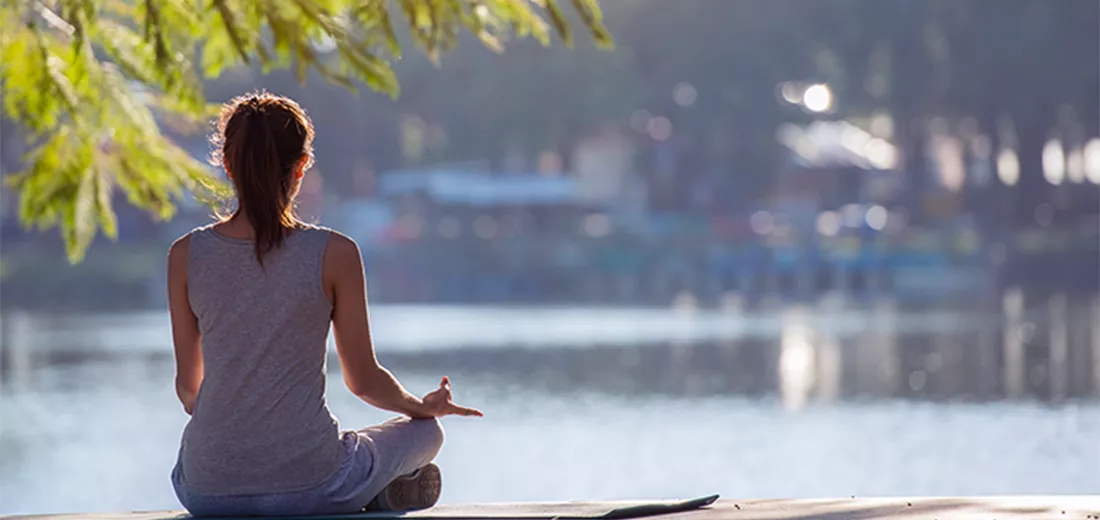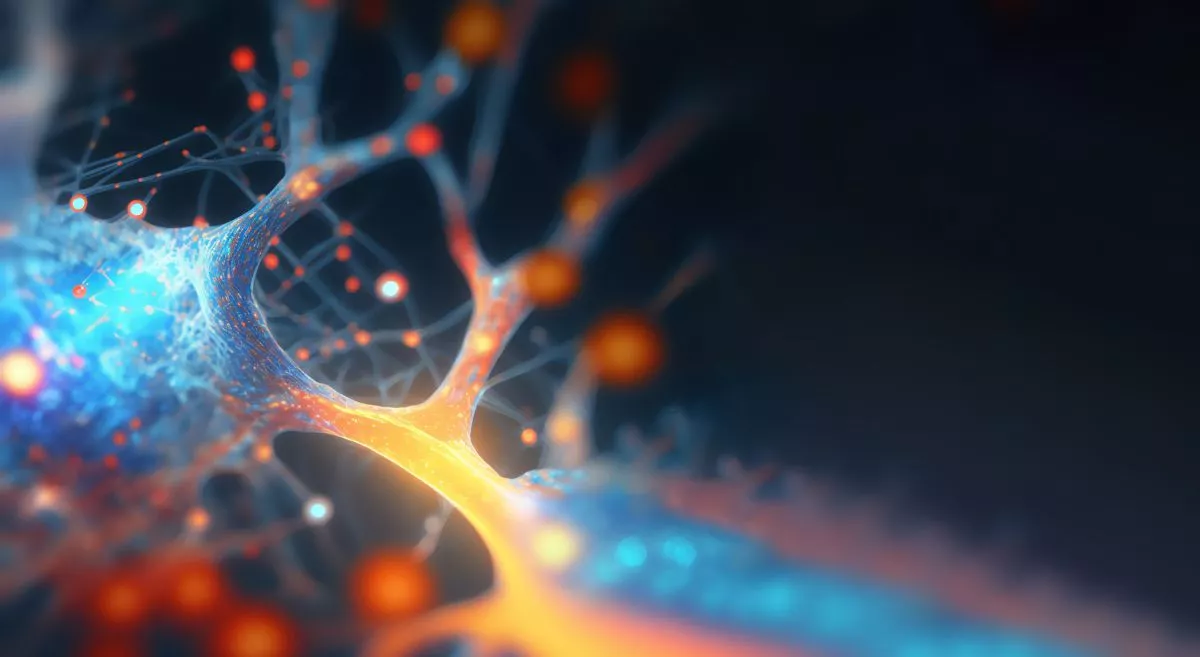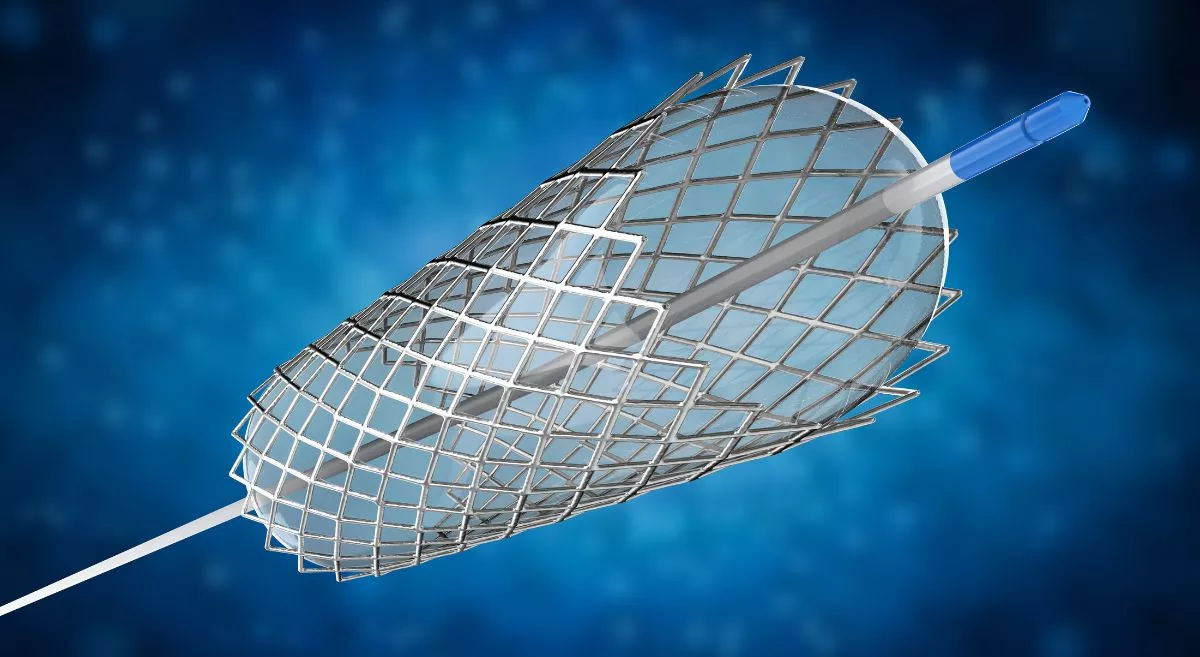The earlier the treatment, the better the recovery
Stroke is one of the leading causes of disability around the world and not just that, but also the second leading cause of death. However, you would be surprised to know that almost all the strokes could be prevented. Risks associated with stroke include permanent damage which includes partial paralysis and speech impairment, and memory. How harmful the stroke is dependent entirely on the severity of it, it can vary from minimal to the dire need of emergency.
To provide you with more clarity, stroke is a condition where your blood supply to the brain is disrupted which leads to oxygen starvation. The cause behind this is a clot that is present in the artery that supplies blood to the brain, in medical terms this situation is known as ischemia. 80% of the strokes a human being faces are ischemic.
How common is the problem?
Stroke has already reached epidemic proportions. Every 1 in 4 adults above the age of 25 will have a stroke in their lifetime, globally. Furthermore, low-to middle-income countries such as India exceeded that of high countries income by 30%. Currently, 2 out of every 3 people who had a stroke came from middle-income countries.
Co-relation of Stroke and Covid
In case you did not know, stroke is a presenting symptom of COVID-19 and even young people can suffer from one (<45 years) without even seeing traditional symptoms. It has been noticed by several studies that 0.9% to 23% of Covid-19 patients had a stroke. So when you start to have symptoms that are related to strokes, don’t wait at home and get it checked by visiting a doctor. Seek help from a family member and try to reach the hospital as fast as you can, early treatment can help prevent the disability. As suggested by the title “Time is Brain”, every little delay can lead to 30,000 brain cells dying.
What are the risk factors?
The main disease process that leads to stroke is atherosclerosis. The chance of anyone having a stroke increases with age. Certain risk factors that contribute to the same include unhealthy diet, smoking or drinking, hypertension, not exercising regularly, atrial fibrillation, psychological factors, genetic disposition, and male gender.
Can lack of awareness act as a hurdle?
1 out of 4 people suffer from stroke, however, there is minimal awareness in any country. Not even one in a hundred people are aware of stroke symptoms and what does the treatment procedure look like.
Symptoms of stroke
- Feeling of numbness around the face, arm, or life. Especially on one side of the body
- Difficulty in formulating sentences
- Severe headache
Plus, the primary symptoms of stroke can be remembered and checked with the simple acronym FAST.
- Face – see if the face is drooping to one side
- Arms – see if there is any weakness in one arm/ leg
- Speech – Problem in formulating sentences
- Time –If you notice these symptoms then go see a doctor
It can help drastically when you recognize the signs of stroke at an early stage. Furthermore, getting professional care from the best neurologist in Hyderabad can significantly improve your health.
Time plays a critical role in stroke
The present treatment options for stroke are available with a time window of 4.5 hours. The clots obstructing the arteries in ischemic strokes can be dissolved with a drug called TPA that can be given only within 4.5 hours from the onset of symptoms. After 4.5 hours, there are only a few endovascular treatments that are available for up to 24 hours. Furthermore, keep in mind that even when you reach the hospital on time - one hour will go in proper evaluation and conducting necessary diagnostic tests such as CT scan and MRI scan. Hence, time is everything.
Clot retrieval treatment is also known as mechanical thrombectomy- this procedure involves removal of a blood clot and increasing the survival rates and reducing disability for a lot of people with ischaemic stroke caused due to large artery blockage. Then there are certain clot-busting drugs that increase the chances of a good outcome easily by 30%
Then comes rehabilitation, this is a critical step in the treatment process. This process starts in the hospital right after you are admitted. Rehabilitation can significantly change the situation by helping the patient regain independence as soon as possible
Can a survivor have another stroke?
Treatments that can prevent the patient have another stroke include drugs that help lower blood pressure and cholesterol anticoagulation for atrial fibrillation, getting surgery or stenting for a few selected patients that have severe carotid artery narrowing.
Life after stroke
Stroke can affect how you think, talk, move and feel. Many survivors will live the rest of their lives with some form of disability or impairment which cause practical, emotional and financial challenges. With specialist rehabilitation and support, stroke survivors can however recover or find their 'new normal' and enjoy life.
How to prevent strokes?
As always suggested prevention is better than cure, small changes in your lifestyle, keeping a tab on High BP, Cholesterol, Diabetes can prevent stroke.
- Control high blood pressure: most strokes are directly linked to hypertension. Be up to date with your blood pressure and control it by making certain lifestyle changes.
- Exercise daily: Did you know that one-third of all strokes are linked to physical inactivity? Just do 20-30 minutes of exercise over the weekday.
- Maintain a healthy diet: 1/4th of all strokes can be directly linked to maintaining a poor diet. Avoid processed food and eat healthy food.
- Reduce your cholesterol: There are 1 in 4 patients that are linked to a high level of ‘bad’ LDL cholesterol. So here what you can do is consume low saturated fats and avoid processed food. Don’t forget to maintain a healthy weight and exercise daily.
- Stop smoking: 1 out of 10 strokes are linked to smoking. Once you will stop smoking then that will not only benefit you but people around you.
- Reduce your alcohol intake: 1 in 10 strokes are linked to excessive alcohol consumption. Hence, quitting alcohol is the best option.
- Identify and treat atrial fibrillation: People with AF are 5 times more likely to have a stroke than the general population.AF screening and treatment helps to prevent stroke
- Manage diabetes
- Work on stress and depression: One in six strokes are linked to how well you take care of yourself mentally. Make sure you seek help from a professional when dealing with anger, anxiety, depression, and stress.
- Stroke Riskometer: This is an app that determines stroke risk. You just have to fill a questionnaire that calculates the risk of having a stroke in the next 5-10 years.
World Stroke Day 2020
It is possible that 1 in 4 of us could have a stroke, but if we stay active then that can reduce the risk. With World stroke day approaching, people should join the moment to create more awareness. When people are more aware then that can prevent stroke among families and friends.
